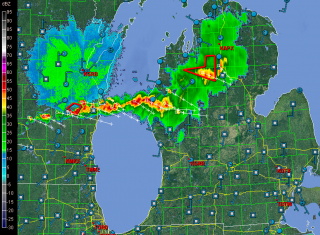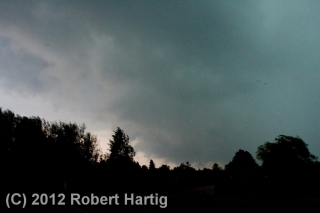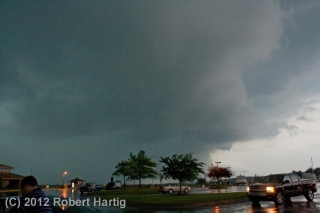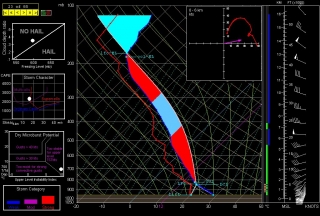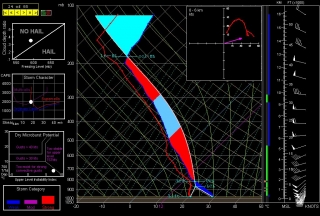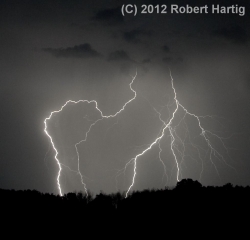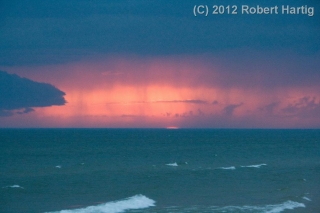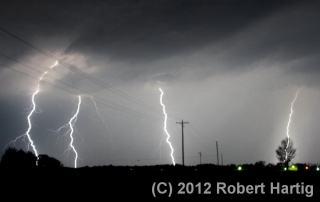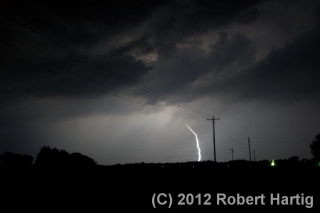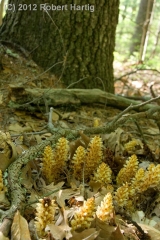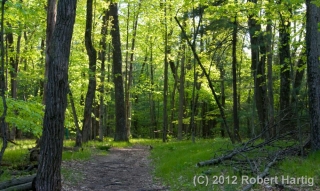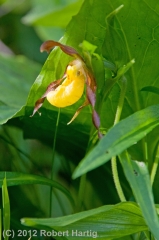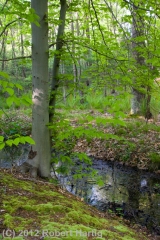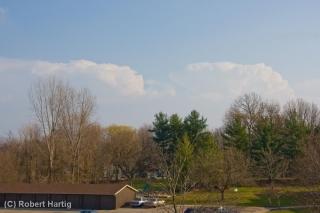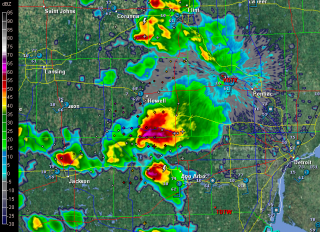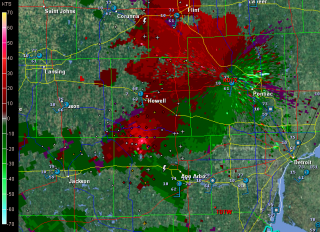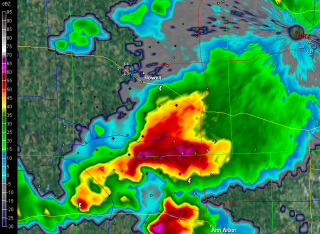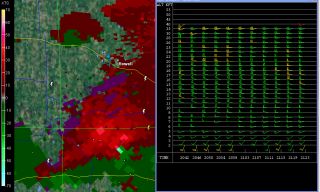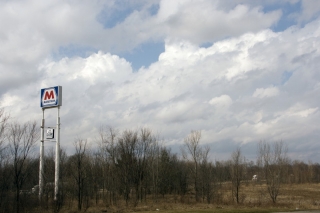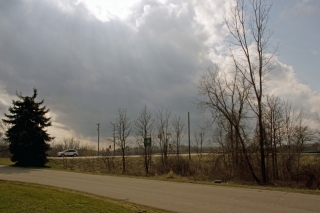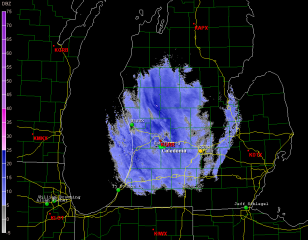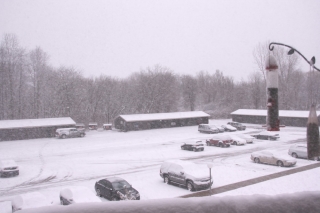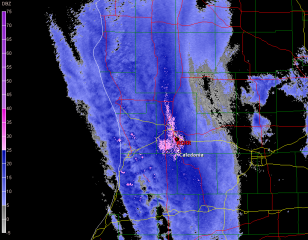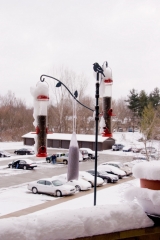Looks like I almost let July slip by without making a single post.
Almost.
I just haven’t felt inspired to write in this blog lately. Weatherwise, what’s to say?
Right–the drought. Frankly, I haven’t felt like writing about the drought. We all know how horrible it has been: day after day and week after week of relentless, rainless heat. No doubt that’s newsworthy, but I’ll let the news media tackle it. From my perspective, it discomforts me, it annoys me, it inconveniences me, and certainly it concerns me, as it should anyone living in the continental United States. To say it has been disastrous is putting it accurately. But while I suppose this drought is severe weather in its own way, it doesn’t interest me the way that a thunderstorm does. Mostly, it’s something I wish would go away, a sentiment shared by millions of Americans roasting in the Midwestern heat.
Fortunately, it won’t be here forever, and lately the pattern around the Great Lakes has seemed to be nudging slowly but progressively toward a stormier one. As I write, the radar screen for Michigan looks like this (click on image to enlarge it).
I like that: a cold front dropping out of the northwest bringing a nice line of storms and a good dousing of much-needed rain.
Shifting gears to music, there’s not much to say on that topic either. Of course I’ve been staying on top of my instrument, but that’s par for the course. My woodshedding on “Giant Steps” and “Confirmation” continues, along with “Ornithology,” and I’m getting to where I’m starting to shred the bejeebers out of those tunes. But, mmm, yeah, okay, so what. Where do I go from here?
The studio, I think. It’s about time I finally recorded my efforts, put something down for ears besides mine to listen to. Otherwise, why am I bothering with all this practicing of tunes that no one is ever going to call for on a gig? Folks want “Satin Doll,” not Coltrane changes. Still, somewhere out there I think there are people who will take an interest. So I need to get with my buddy Ed Englerth in his Blueside Down Studios and make some noise.
‘Scuze me if I sound a bit cranky. At 56 years of age, I’m rapidly approaching full curmudgeonhood and I am getting in practice for it. The lack of heavy convection and lack of gigs combined is assisting the effort. But a shift in either aspect of that equation will restore my humor and give me something to write about.
No, that’s not right–there’s always something to write about. What I need is something I feel like writing about. Maybe later tonight will do the trick, when that storm line which is presently 50 miles to my north moves in. Hmmm … the cell that is just making landfall near Pentwater is packing straighline winds of nearly 70 knots. That’ll create some interest for folks south of town.
Now to close up shop and see what kind of action we get around here a few hours hence. If it’s nothing more than a good dumping of rain, I’ll be more than happy. But I’m betting it’ll come with a spark and a growl.
